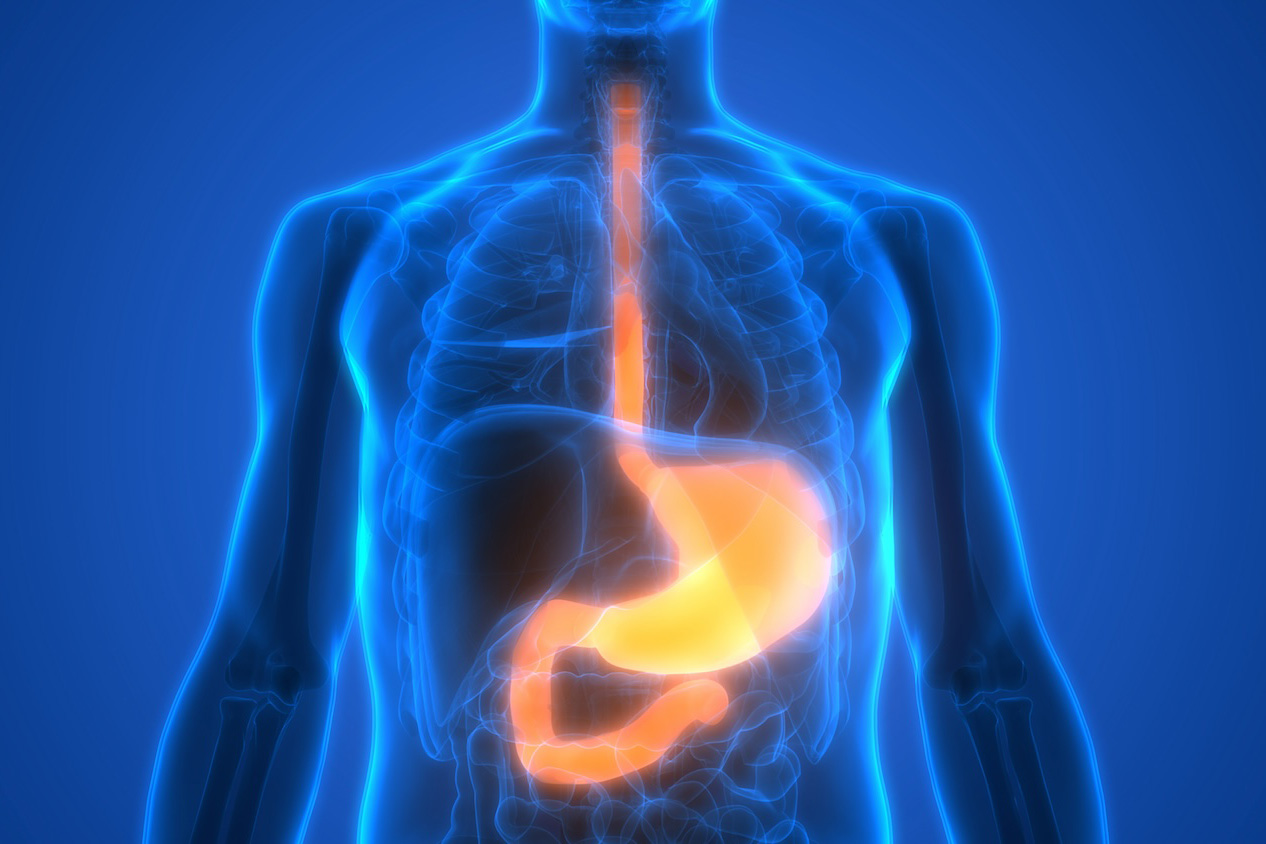Neuromuscular blockers have been used for decades to paralyze muscles prior to surgery, but new Northwestern Medicine® research may change a basic assumption regarding the monitoring of their effectiveness.
Published in Anesthesiology, the study by Eugene Silinsky, PhD, chair of molecular pharmacology and biological chemistry, has found that a reduction in calcium channel activity, and not a depletion of neurotransmitters as previously thought, are responsible for the decreased response in treated muscles.
Silinsky’s work revolved around the Train of Four, a test used by anesthesiologists to evaluate the degree of disruption, or effectiveness, of neuromuscular blocking drugs. The decrease in muscle response seen during the test has for years been attributed to a depletion of a specific neurotransmitter, Silinsky said. But because the test affects a very small percentage of the total transmitter pool, he hypothesized that that an alternative mechanism – calcium channels – was at play.
“We know that the nerve impulse opens calcium channels and that the calcium sets off a chain of events to release neurotransmitters, resulting in the biological response of muscle twitches,” Silinsky said. “During our test, we zeroed in on the calcium channels and not neurotransmitters as the cause of the decrease in muscle response.”
Since the degeneration of muscles in many neuromuscular diseases mimics the effects of neuromuscular blocking drugs, the finding could prove helpful in developing new therapies.
Already used to treat airway disorders by stimulating voluntary muscle contraction for easier breathing, Silinsky and other scientists are currently looking into new applications of theophylline medications, or calcium channel blockers, based on his findings.
Scientist, Chair, Mentor
When Silinsky became chair of molecular pharmacology and biological chemistry nearly 18 years ago, he assumed the role as he was finishing a paper.
“I said to myself, ‘I should keep doing this; it might encourage other faculty who want to remain active in the process of scientific discovery.’ I realized afterwards that it was also good for my own mental stimulation,” he said.
While he has greatly enjoyed working with graduate students, post-doctoral fellows, visiting professors, and currently with Timothy Searl, PhD, research assistant professor in molecular pharmacology and biological chemistry, Silinsky has conducted and published his own work, culminating with this most recent paper, which took four to five years to complete.
“This piece published in Anesthesiology is ‘Chair Sanity Paper No. 5’,” he joked. “I think it’s important with the difficulties in obtaining National Institutes of Health (NIH) funding and with sequestration to encourage scientists to continue with their own experiments and not only have postdocs and graduate students doing the actual research. It is an important element for quality control and also hopefully generates a certain amount of camaraderie within the department. If faculty, postdocs, students and the department chair are all active in the process of scientific discovery, it is good for everyone involved.”
Silinsky’s work on Train-of-Four mechanisms was funded by an NIH supramodular grant active from 1976-2008 (R01 NS12782).






